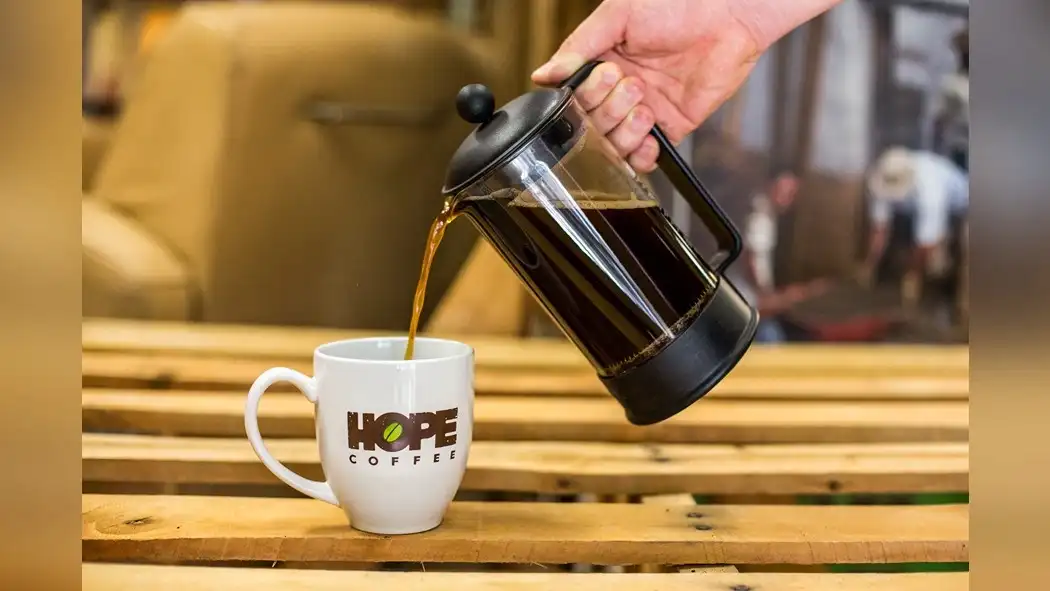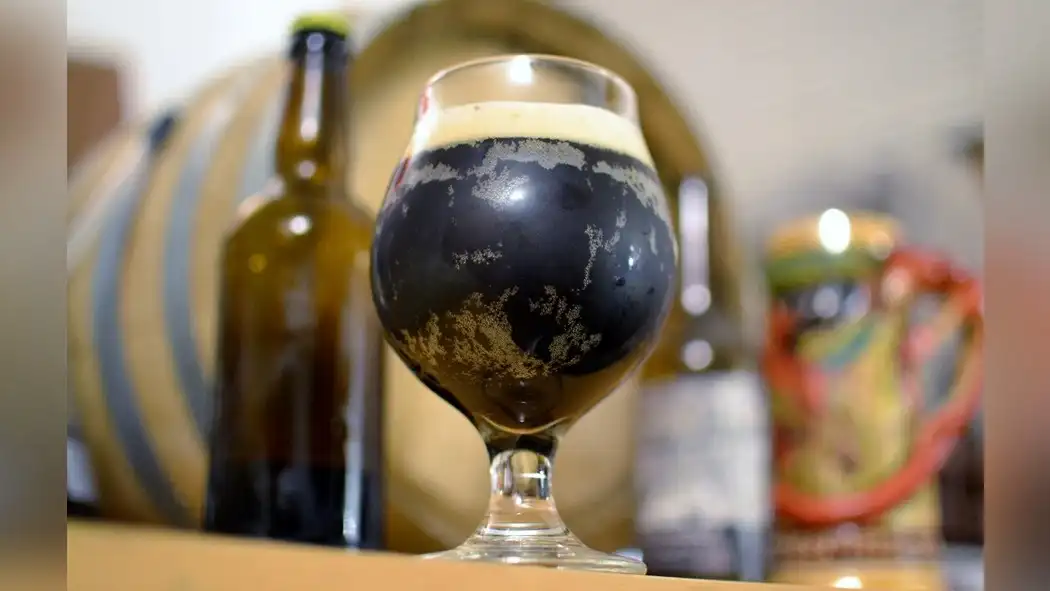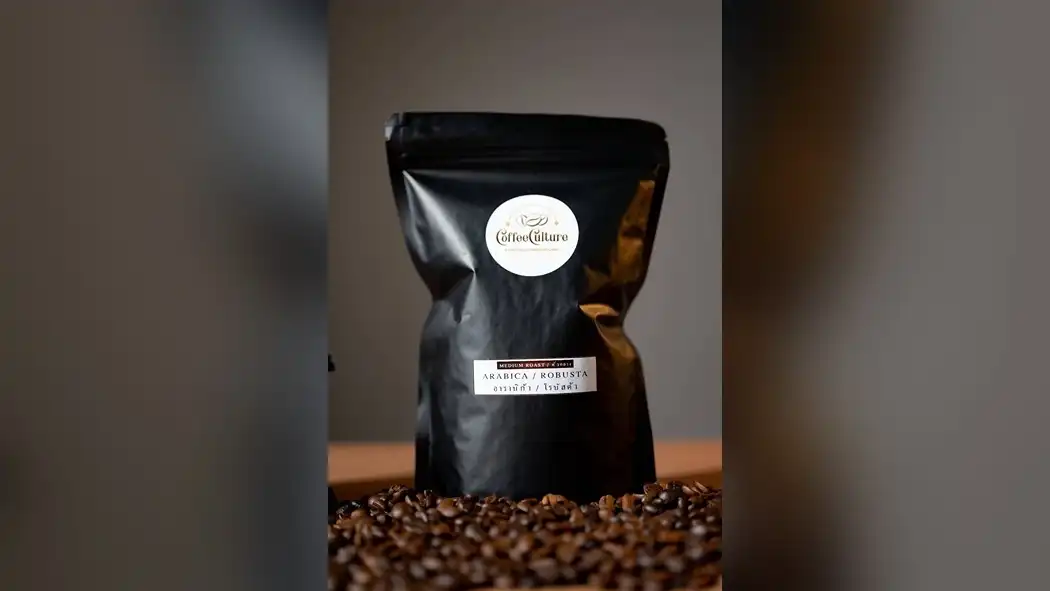Embark on a flavorful journey as you explore the art of Chemex brewing with robusta beans.
Just like a skilled artist blending colors on a canvas, brewing with robusta beans unlocks a rich and complex palette of flavors.
In this guide, you'll uncover the nuances of robusta beans and learn how to master the Chemex brewing process to extract their full potential.
From choosing the right grind size to adjusting your brew for the perfect cup, every step is an opportunity to savor the bold and intense flavors that robusta beans have to offer.
Get ready to elevate your coffee experience and indulge in the robust and intricate notes that await you.
Understanding Robusta Coffee Beans
If you're unfamiliar with robusta coffee beans, they're often known for their higher caffeine content and more robust flavor compared to arabica beans. Robusta beans originated in Central and Western Africa and are now grown in various regions around the world, including Asia and South America. The caffeine levels in robusta beans are about 2.2-2.7%, which is almost double the amount found in arabica beans. This higher caffeine content contributes to the beans' reputation for providing a strong, bold flavor in coffee.
Understanding the origins and caffeine levels of robusta beans can help you appreciate their unique characteristics. Robusta's higher caffeine content not only impacts the flavor but also plays a role in the bean's resilience against pests and diseases. Additionally, the geographical diversity of robusta cultivation influences the bean's flavor profile, as factors like soil composition and climate contribute to the distinct taste of the coffee it produces.
Choosing the Right Grind Size
To achieve the best flavor when brewing with robusta beans in a Chemex, start by selecting the right grind size for your coffee. The grind size significantly impacts the flavor and strength of your brew. Here are some essential points to consider:
- Fine vs Coarse: The grind size for Chemex brewing with robusta beans should be coarser than the grind used for espresso. A finer grind can result in over-extraction, leading to a bitter and unpleasant taste. On the other hand, a coarser grind allows for a balanced extraction, bringing out the unique flavors of robusta beans without overpowering bitterness.
- Consistency Matters: Regardless of the chosen grind size, consistency is key. Ensure that the coffee beans are ground uniformly to achieve an even extraction during the brewing process.
- Adjusting to Taste: Experiment with different grind sizes to find the one that suits your palate. Fine-tune the grind size based on the flavors and strength you prefer in your coffee.
- Brewing Time: Keep in mind that the grind size can affect the brewing time. A finer grind may require a shorter brewing time, while a coarser grind might need a slightly longer brewing duration.
Water Temperature and Quality
Achieve optimal extraction and flavor balance by ensuring that your water temperature and quality are carefully controlled when brewing robusta beans in a Chemex.
Water temperature plays a crucial role in the brewing process. The ideal temperature for brewing robusta beans in a Chemex is between 195°F and 205°F. Using water that's too hot can lead to over-extraction, resulting in a bitter taste, while water that's too cold may lead to under-extraction, resulting in a sour taste. To maintain the desired temperature, consider using a thermometer to monitor the water as it heats.
Additionally, the quality of water used can significantly impact the flavor of your coffee. Always use filtered or bottled water to ensure that impurities and off-flavors don't interfere with the taste of the coffee. Quality control of water is as important as the quality control of the coffee beans and brewing equipment. Perform taste testing to gauge the impact of different water sources on the final cup.
The Chemex Brewing Process
Maintaining the ideal water temperature and using high-quality water, you start the Chemex brewing process by carefully placing a Chemex paper filter in the brewer and rinsing it with hot water. This step ensures that any papery taste is removed and warms up the brewer for optimal extraction.
Next, you add your freshly ground coffee into the filter, making sure to level the bed for even extraction. With the Chemex equipment ready, you begin the pour over technique by pouring a small amount of water over the grounds, allowing them to bloom and release trapped gases.
After 30 seconds, continue pouring the water in a slow, circular motion, ensuring all the grounds are evenly saturated. As the coffee drips through the filter, maintaining a steady pour is crucial for an even extraction.
Extracting the Full Flavor Profile
You're eager to learn how to extract the full flavor profile from robusta beans.
Let's start by exploring the bold flavors that robusta beans bring to the table.
Then, we'll discuss the importance of brew time and how it impacts the final taste.
And finally, we'll look at how grind size can significantly influence the flavor extraction process.
Robusta's Bold Flavors
How can you precisely extract the full flavor profile of Robusta beans when brewing with a Chemex? To bring out the bold flavors and unique characteristics of Robusta beans, follow these steps:
- Use a coarse grind to control the extraction process and prevent bitterness.
- Opt for a higher brewing temperature to enhance the robust flavors of the beans.
- Experiment with different brew times to find the perfect balance between strength and smoothness.
- Consider using a slightly higher coffee-to-water ratio to intensify the flavors without compromising the overall balance.
Brew Time Importance
To extract the full flavor profile of Robusta beans when brewing with a Chemex, it's essential to pay attention to the brew time. Extraction control is crucial for maximizing the robust flavor potential of Robusta beans, and this can be achieved by adjusting the brew time. Here's a simple guide to help you understand the correlation between brew time and flavor development:
| Brew Time (minutes) | Flavor Profile |
|---|---|
| 2 | Light and acidic |
| 3 | Balanced and smooth |
| 4 | Full-bodied and intense |
| 5 | Bold and robust |
| 6 | Rich and slightly bitter |
Grind Size Impact
A finer grind size ensures a more thorough extraction of the full flavor profile from Robusta beans when brewing with a Chemex. The grind size has a significant impact on the extraction process and the resulting flavor profile.
Here's how different grind sizes affect your brewing experience:
- Coarse Grind: Yields a quicker extraction but may not fully capture the robust flavors of Robusta beans.
- Medium Grind: Balances extraction time and flavor profile, resulting in a well-rounded brew.
- Fine Grind: Allows for a longer extraction process, intensifying the bold and earthy notes of Robusta beans.
- Extra Fine Grind: Extracts the fullest flavor profile, but requires precise brewing techniques to avoid over-extraction.
Experimenting with different grind sizes will help you discover the ideal extraction for your preferred flavor intensity and brewing method.
Tasting and Adjusting Your Brew
Once your brew is ready, taste it and adjust the flavor to your liking by adding more water or increasing the coffee grounds.
When tasting your Chemex-brewed robusta coffee, pay attention to the acidity and flavor balance. If the acidity is too pronounced, consider adding a small amount of water to dilute the brew slightly. On the other hand, if you find the flavor unbalanced, try adding a few more coffee grounds to intensify the taste.
Remember that small adjustments can make a big difference, so proceed gradually. After making any adjustments, give the brew a gentle stir to ensure the flavors are evenly distributed. Take another sip and assess the changes.
Continue this process until you achieve the perfect balance of acidity and flavor that suits your preference. By taking the time to taste and adjust your brew, you can fully appreciate the unique characteristics of robusta beans and tailor your coffee experience to your exact liking.
Tips for Brewing a Perfect Cup
You want to brew the perfect cup of coffee with robusta beans, right?
Well, let's talk about the advantages of using robusta beans and the importance of brewing time.
These two points are key to achieving the best flavor and aroma from your Chemex brew.
Robusta Bean Advantages
Harness the robust flavor of Robusta beans to elevate your Chemex brewing experience with these expert tips for a perfect cup.
- Advantages:
Robusta beans are known for their higher caffeine content and ability to produce a thick crema, adding a unique depth to your coffee.
- Misconceptions about Flavor Profile:
Contrary to popular belief, Robusta beans can offer complex flavors, including nutty and chocolaty notes, when brewed correctly.
- Brewing Techniques:
Opt for a slightly coarser grind to prevent over-extraction and bitterness. Additionally, adjusting the water temperature to around 200°F can help balance the flavors and reduce any potential harshness.
- Embrace Robusta:
Embrace the boldness of Robusta beans by experimenting with different brewing methods and ratios to find the perfect balance for your palate.
Brewing Time Importance
For a balanced and flavorful cup, aim for a brewing time of around 4 minutes when using Robusta beans in your Chemex. The brewing time is crucial for extracting the desired flavors from the Robusta beans. Proper timing allows for optimal flavor extraction without over-extraction, which can result in a bitter taste. Here are some essential brewing techniques to keep in mind:
| Brewing Techniques | Description |
|---|---|
| Grind Size | Coarser grind for longer brewing time. |
| Water Temperature | Aim for 200°F (93.3°C) for ideal extraction. |
| Pouring Technique | Slow, steady pour to evenly saturate the grounds. |
| Bloom Time | Allow the coffee to bloom for 30 seconds. |
Adhering to these brewing techniques and ensuring a 4-minute brewing time will help you achieve a perfectly balanced and flavorful cup of coffee with Robusta beans in your Chemex.
Conclusion
So, next time you're looking for a rich and flavorful coffee experience, don't overlook the robusta beans. Despite their reputation, when brewed with the Chemex method, they can surprise you with their depth and complexity.
And if you're concerned about bitterness, don't worry – with the right grind size and water temperature, you can extract a smooth and balanced flavor that will change your perception of robusta coffee.
Give it a try and taste the difference for yourself!












